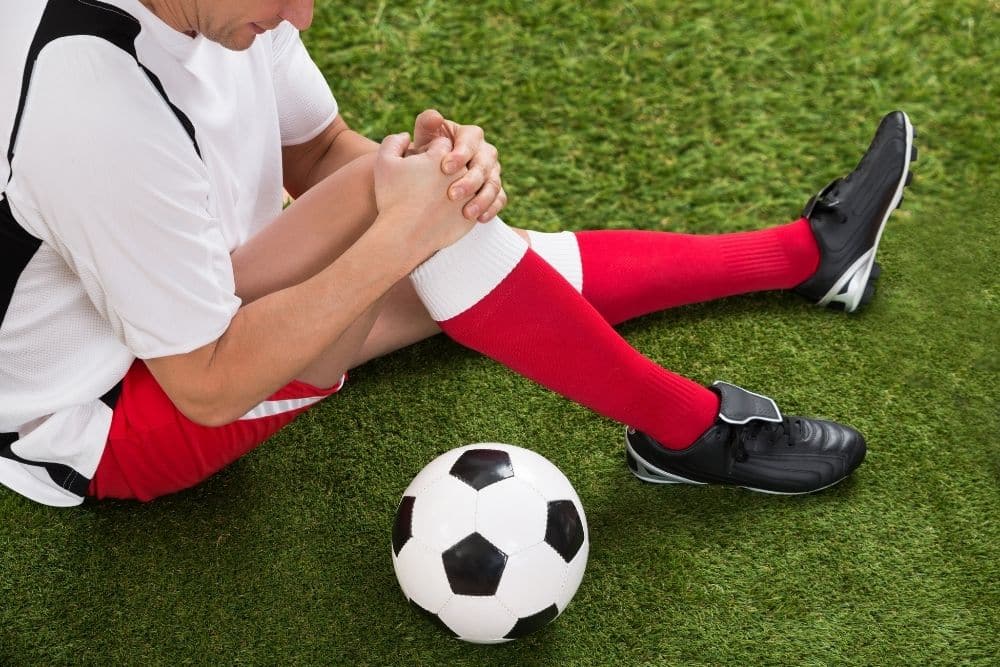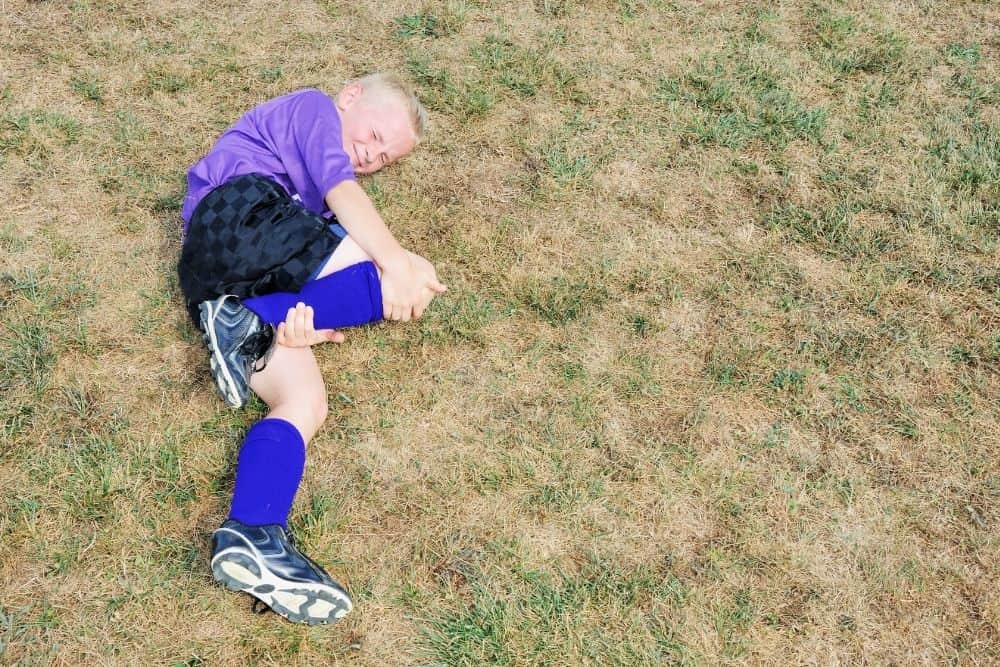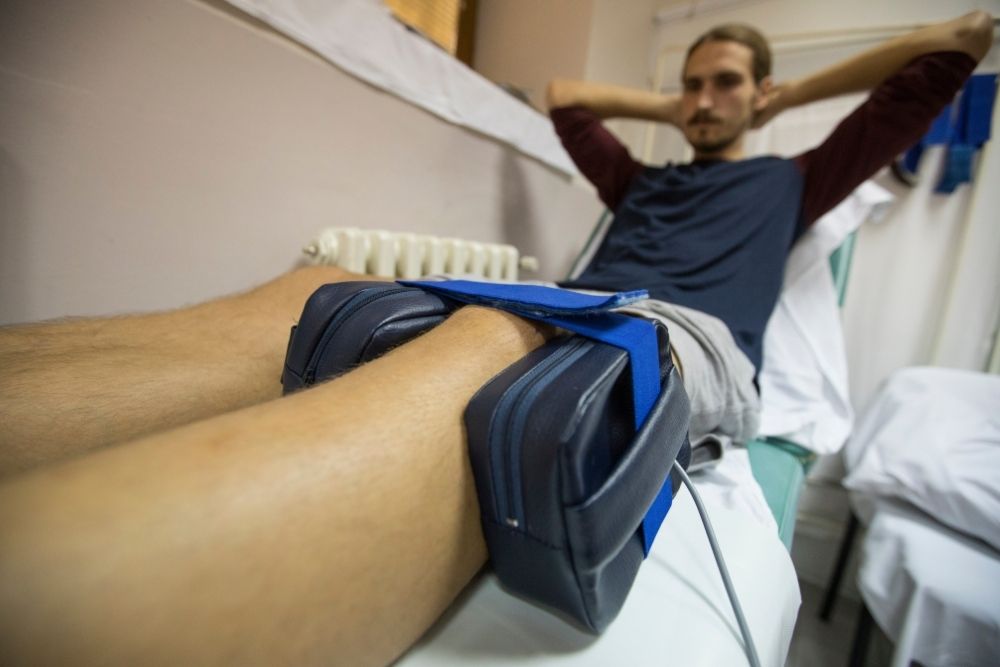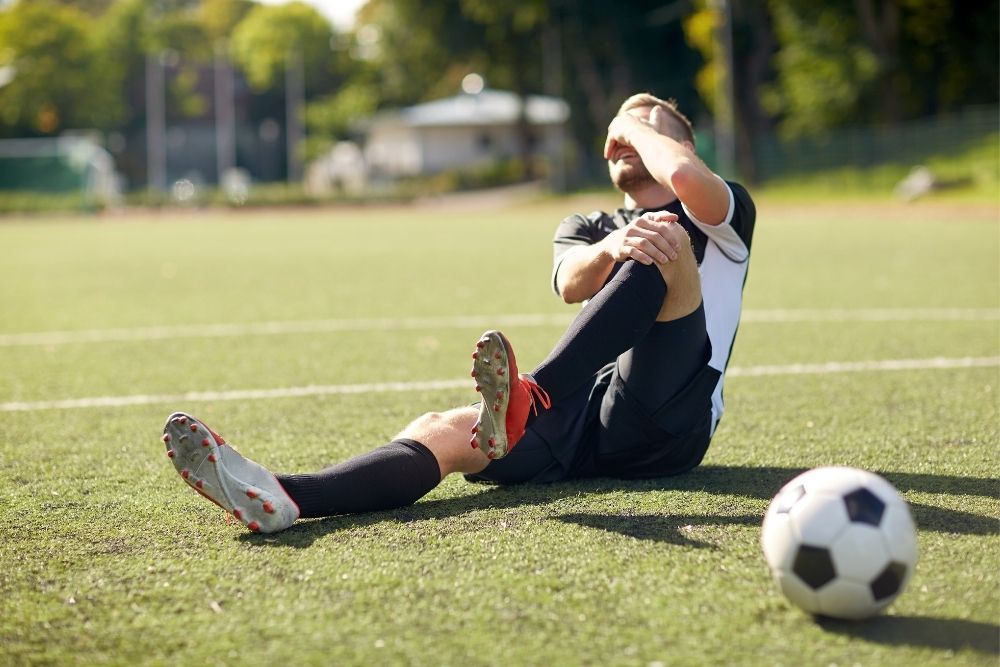ACL is the number one cause of season-ending injuries among soccer athletes worldwide. The Anterior Cruciate Ligament in the knee is most vital for movements like stopping, turning, and pivoting. And even a minor injury to the ligament can compromise all sporting actions.
Similar research by the American Journal of Sports Medicine looks into the recovery of 292 patients with ACL injuries. Though the candidates were divided into four groups of stable, unstable, early reconstruction, and late reconstruction, all eventually showed a decline in athletic performance.
And that begs the question, is an ACL surgery worth it for soccer players looking to get back in form?
This kind of depends on your surgeon, fitness coach, family, and the people surrounding you. If the doctor recommends surgery and your trainer and family second opinion because of how challenging physical activity has become for you, there could be no way around it.
Contrastingly, various studies also highlight a rare group of “copers” that may ignite some hope for non-surgical treatment. “Copers” are athletes that can recover from an ACL injury without needing surgery.
But since there is no way of knowing whether you fall into the “copers” or non-copers category, bypassing the surgery is always a risky choice.
And in soccer, where pivoting, turning, and stopping are the benchmark movements, untreated ACL injuries can have a career-ending impact!

Quick Navigation
Can You Play Soccer Without an ACL?
Can you play soccer without an ACL? Maybe. Do you risk more injuries by playing soccer without an ACL? Most probably!
Playing soccer without an ACL is less of a question about whether you can and more about whether you should.
But before we become opinionated about the surgery, let’s look at what the ACL is there for in the first place.
The ACL restrains your shin and thigh bone in the knee joint and supports power, stopping, and turning movements. Without the ACL, all of the load falls on the remaining muscles and ligaments.
Overloading your knee in soccer without an ACL stresses the available elements in your joint. And that has an ugly way of damaging the Meniscus and the Joint Surface Cartilage.
Both of which add more weight and permanent damage to your injury!
However, age plays a crucial role here as well. If you’ve damaged or torn your ACL at a young age or during your teen years, you have a higher chance of non-surgical recovery.
Young athletes condition their calf, hamstring, and quad muscles over time to share the burden from a torn ACL. Though you won’t recover to the pre-injury fitness for your knee, you can continue to exert in soccer.

Why is an ACL Surgery Important for Returning to Soccer?
ACL injury is an athlete’s nightmare coming true. And a player is likely to take all risks to retain his spot on the team. But is that advisable?
Though ACL injury is a major one, the surgical recovery option shows promising results. There probably are factors like a soccer season or a league impacting your decision, but thinking in the long-term here can help you avoid permanent damage.
Soccer is aggressive on your knees. And though it is a non-contact sport, tackles do become nasty and can burden a weary knee.
So, you may be fit enough for soccer without an ACL after a while. But you’re one mishap away from a career-ending injury this time.
Many myths flying around the internet claim how players return to soccer without an ACL. But that’s all they are, myths!
Because even if we consider you’re among the rare copers who can go about performing activities without an ACL, the excessive punishment your knee takes during soccer is still pushing it too much.
If you place your well-being and career on a high pedestal, the recommended solution is always ACL surgery.
You’ll miss out on tryouts or even an entire season, but at least you’ll be fit for the next one and the ones after.
Rehab and Recovery After an ACL Surgery

The ACL injury is certainly not the end of the road for soccer players. Alan Shearer, Zlatan Ibrahimovic, and Virgil Van Dijk are famous players who returned to soccer after ACL injuries.
What then makes it easier for professional soccer players to recover from ACL injuries?
Contrary to common belief, professional soccer players face the dogma of a career-ending ACL injury. However, the health & Medicare support they get is what draws the most significant difference.
Soccer clubs invest a ridiculous amount of money in their players. And that includes medical coverage in case of injuries and fitness problems.
You’ll see no soccer player heading out to the pitch with a torn or damaged ACL. They get benched for the rest of the season or a few months in the best-case scenario.
And that’s where you can take inspiration for your recovery after an ACL injury too.
Undergoing surgery after an ACL injury should be the first thing on your checklist. But that isn’t a guarantee to instant recovery for your knee joint.

For complete rehabilitation and recovery, taking it slow is the name of the game. Gradually overload your knee to the extent that it can bear the burden and pain.
It takes anywhere between 4-12 months to recover to your pre-injury fitness. And while you give your body this time to recover, the following exercises can speed your post-surgery recovery:
- Start with a light jog until you can run in a straight line.
- Generic weight lifting to strengthen your calves, quads, and hamstrings.
- Routine stretching and physiotherapy.
- Wear a brace until you feel comfortable in complex movements without it.
Conclusion
ACL injuries are the most common among athletes playing soccer, football, and basketball.
The excessive turning and twisting in these sports puts extra load on the knee and can tear/damage the ACL. But since it is a common injury, the path to recovery is advanced and promising as well.
With the right care and treatment, you can easily avoid permanent damage and continue playing soccer like you used to!
Hi there, I’m Jay.
Soccer is everything in my life! My friends and I have created this blog with all our enthusiasm, passion, and understanding after years of playing pro soccer. Hope you will enjoy it!
